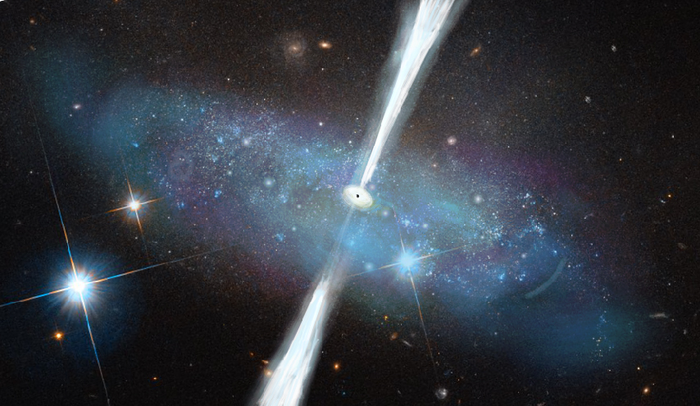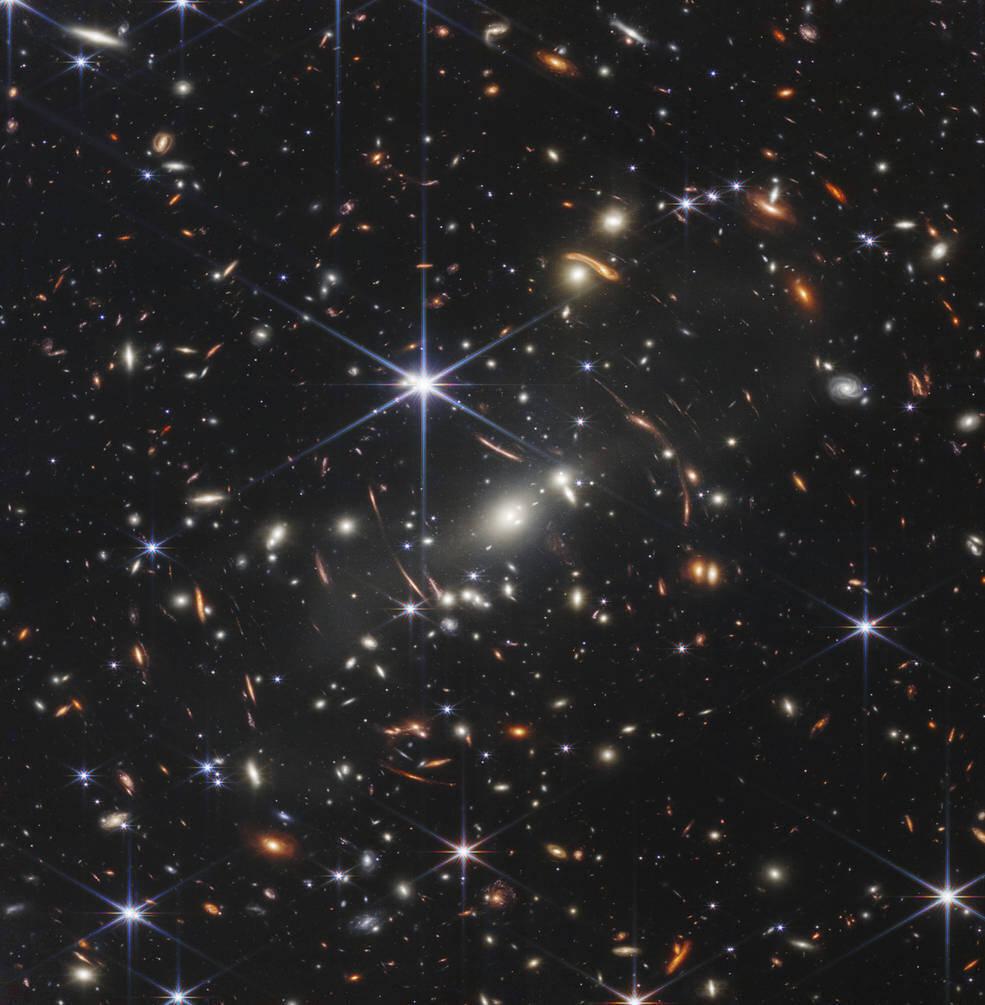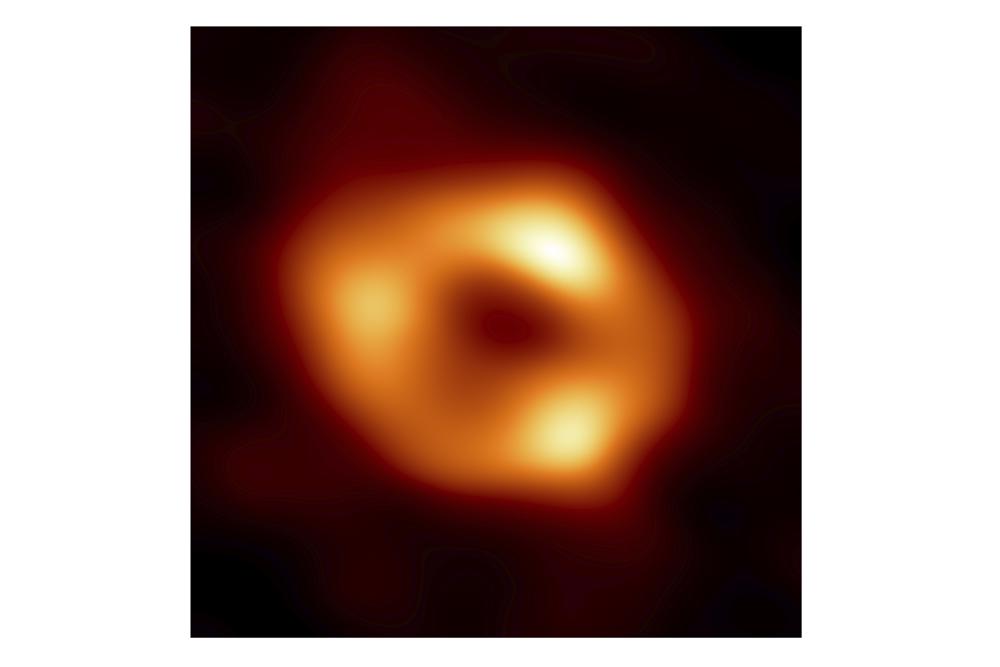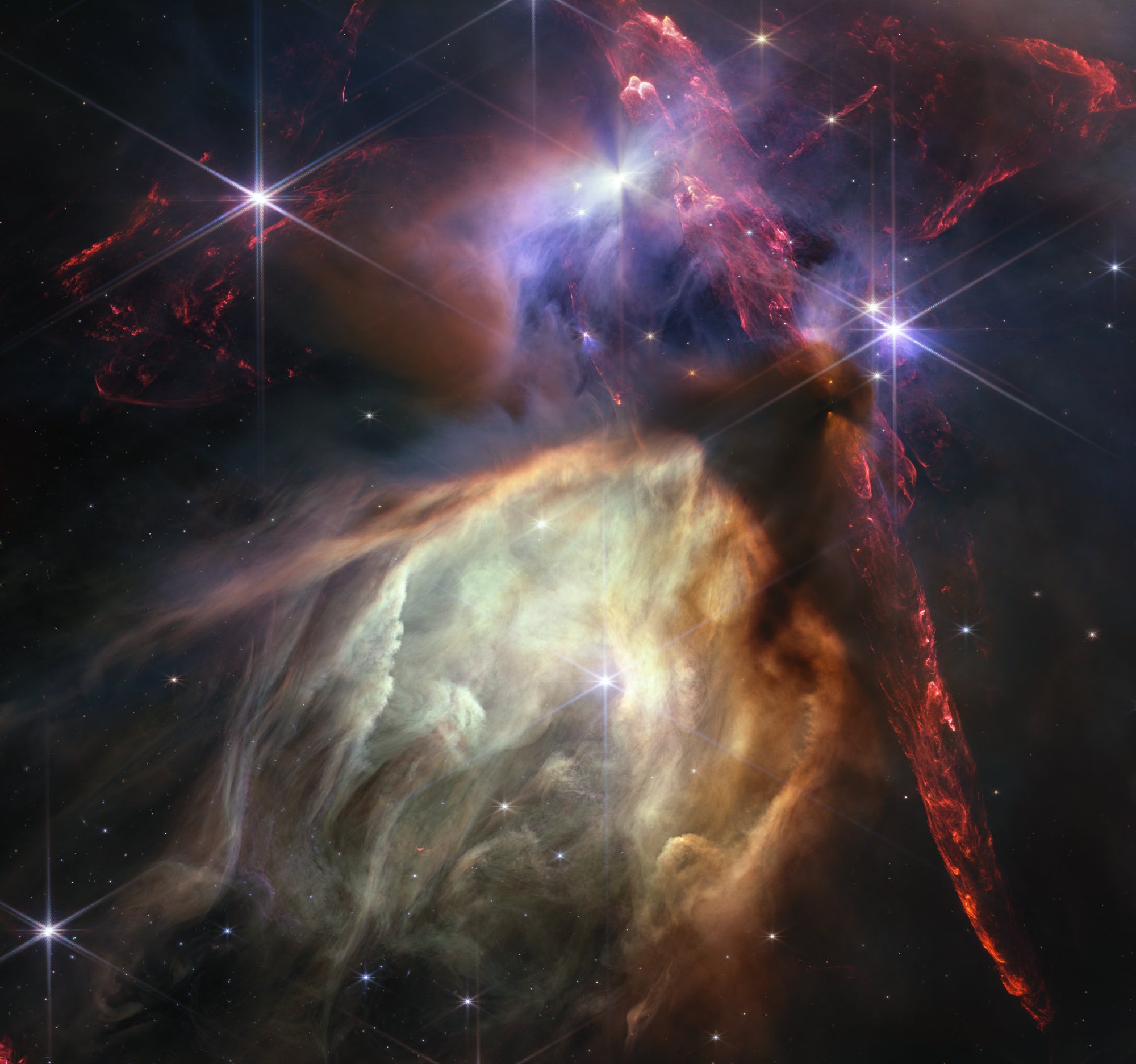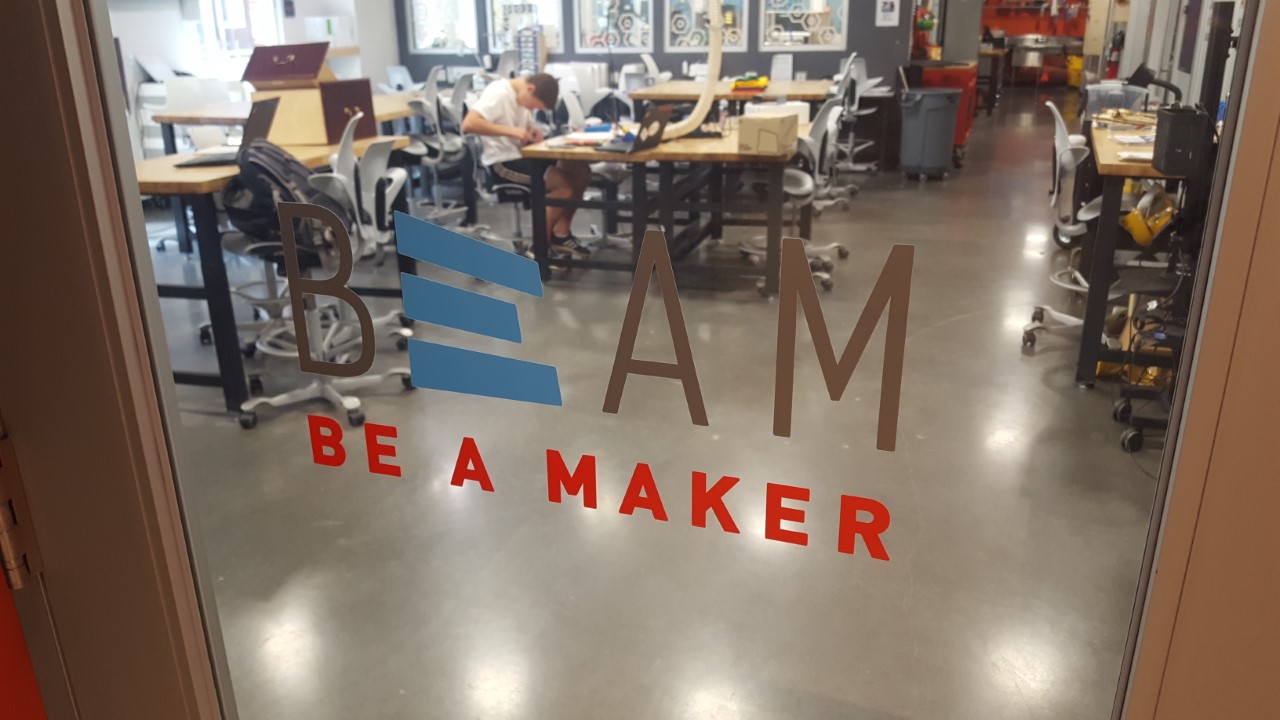Editor’s Note: This article has been updated to better reflect the research completed by the Kannappan team, including the timeline of their methodology’s testing and prevalence of black holes in dwarf galaxies.
Last week, people around the world were enamored by the first photos from the James Webb Space Telescope, which showed the most detail photos yet of galaxies and the universe. But there has recently been some groundbreaking space research completed on UNC’s campus which could further improve our understanding of the cosmos.
In May, a UNC professor, graduate and undergraduate students, and other collaborators published new research on a methodology to better identify growing black holes in dwarf galaxies. As a result, the group may have laid groundwork to understanding black holes and how galaxies evolve around their growth.
Sheila Kannappan, a professor in the UNC Department of Physics and Astronomy, spoke with 97.9 The Hill about the discovery and described it as a “game-changer.” She said dwarf galaxies are fundamental to what is known about galaxies’ growth and evolution. That’s because they have younger, smaller black holes at the center compared to ones like at the center of Earth’s galaxy.
“Our Milky Way is on the relatively smaller side of [being] a giant galaxy,” said Kannappan. “So that means in its history, it has had a lot of dwarf galaxies that were constituent parts of it, and it currently has many dwarf galaxies surrounding it.
“And so,” Kannappan added, “growth by merging is part of why we think that dwarf galaxies are so important to understanding the origin of the supermassive black hole at the middle of the Milky Way.”
According to Kannappan, the discovery of growing black holes was not even part of her team’s initial research. She and the UNC students were surveying a specific volume of the universe to detail and identify everything in the area – like taking a census of a corner in space. The group’s model reportedly showed a more complete picture of the existing galaxies, since several dwarf galaxies are too faint or inconsistent for other research projects to favor.
“At some point what we had was essentially a sandbox to play to understand how galaxies evolve,” said Kannappan, “where we knew everything about everything inside this box of the universe. And it was just a natural question for me, as I’m trying to understand how galaxies evolve, to say ‘which of these thousands of galaxies are actually hosting one of these growing black holes at the center?’”
To test this, Kannappan said she worked with two students — Ashley Bittner and Carlynn Ferguson — to develop a new classification to try and uncover those black holes. The group then teamed up with Elon astrophysics professor Chris Richardson who created a theoretical model to test the new method. Kannappan said there were some early returns – enough to turn over the data to graduate student Mugdha Polimera to classify the galaxies accordingly.
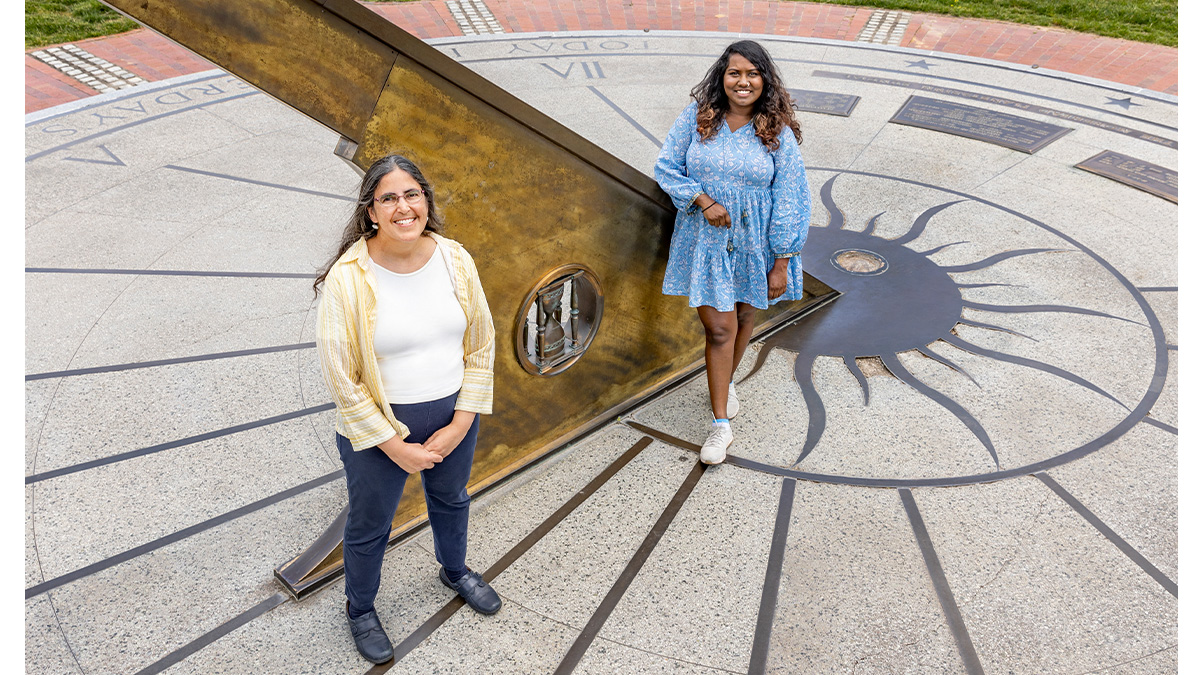
Sheila Kannappan and Mugdha Polimera pose outside the Morehead Planetarium on UNC’s campus. The pair’s research paper with collaborators was published in May. (Photo by Johnny Andrews/UNC-Chapel Hill)
“But it turned out,” said Kannappan, “it wasn’t so easy because the results were too amazing to believe. I think that is what made [Polimera]’s job difficult: she found so many growing black holes, or active [galactic] nuclei.”
After Kannappan’s initial survey saw two-thirds of the identified galaxies being dwarf galaxies, more than 80 percent of the growing black holes were found by the team’s new methodology — leading Polimera to say they were “hiding in plain sight.”
The team spent years pouring over the data to eliminate any other possibilities to why there would be this many black holes, with Kannappan saying the conclusion was their models are accurate. While there is much still to be understood about black holes, this discovery of how often growing black holes are found in dwarf galaxies may be a step toward proving how supermassive black holes merge with others over time.
Kannappan said another major success of the research is their survey model style being critical to discovering this data. With that validation, she said maybe the methodology will be used more instead of relying on modeling from big and bright galaxies. And the UNC professor said future black hole research could possibly be done with the help of tools like the James Webb Space Telescope that reach even further into space.
“So, I’m hoping that we can extend out methodology to these more distant galaxies – maybe with JWST or maybe with other instruments,” said Kannappan, “because there’s actually a lot of other efforts to extend our understanding to the distant universe.”
To find the full published paper, visit The Astrophysical Journal’s website.
Featured image via NASA & ESA/Hubble, UNC and Mugdha Polimera.
Chapelboro.com does not charge subscription fees, and you can directly support our efforts in local journalism here. Want more of what you see on Chapelboro? Let us bring free local news and community information to you by signing up for our biweekly newsletter.

